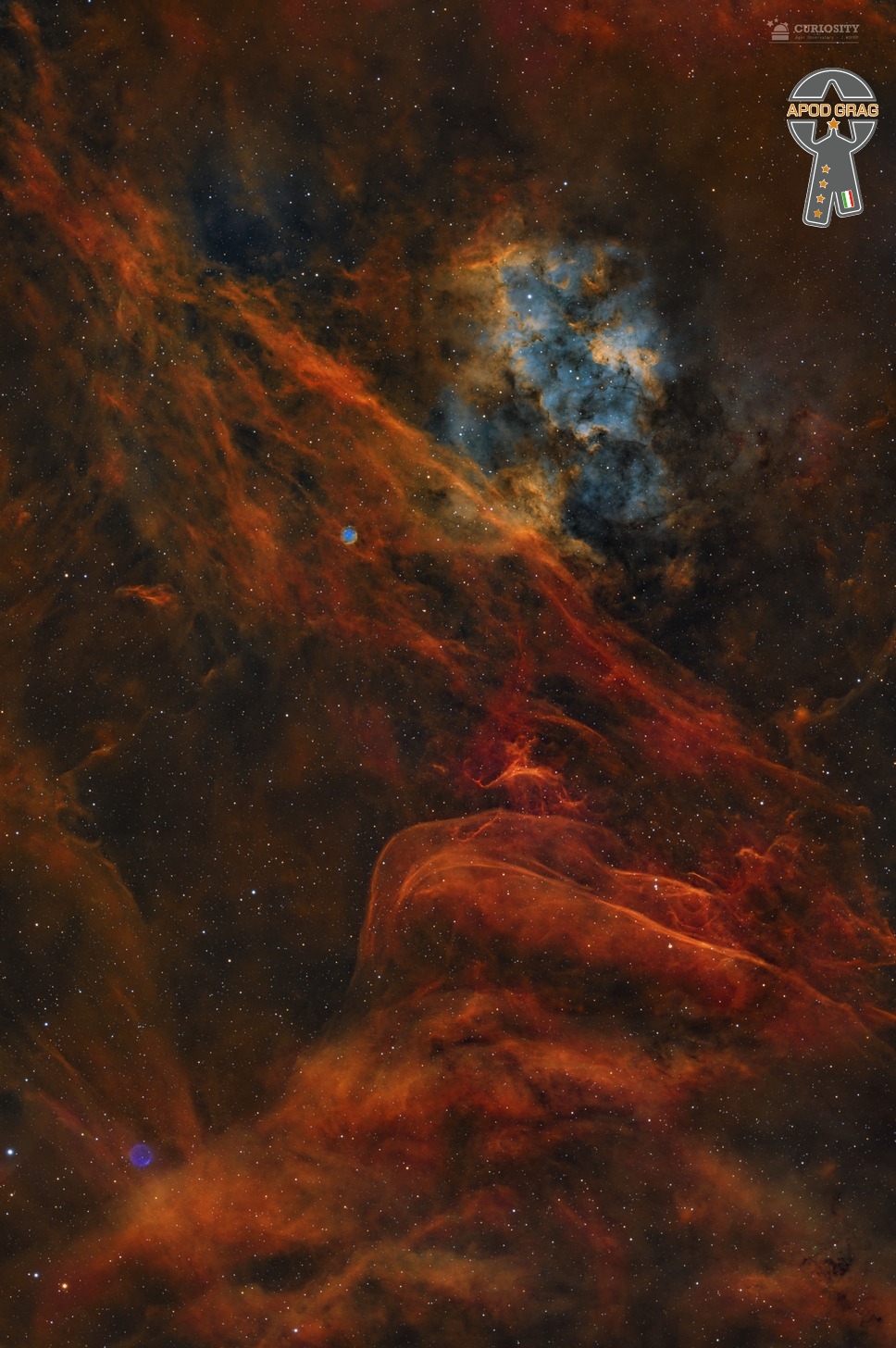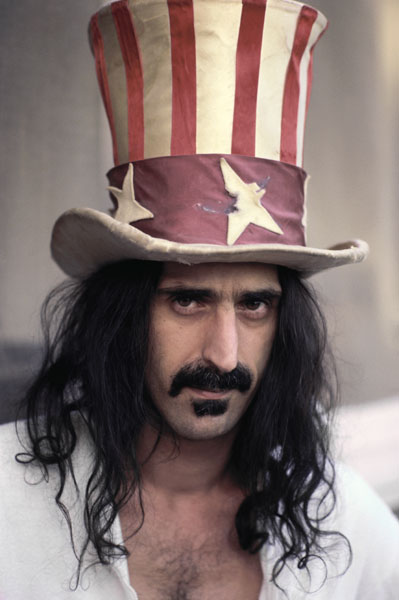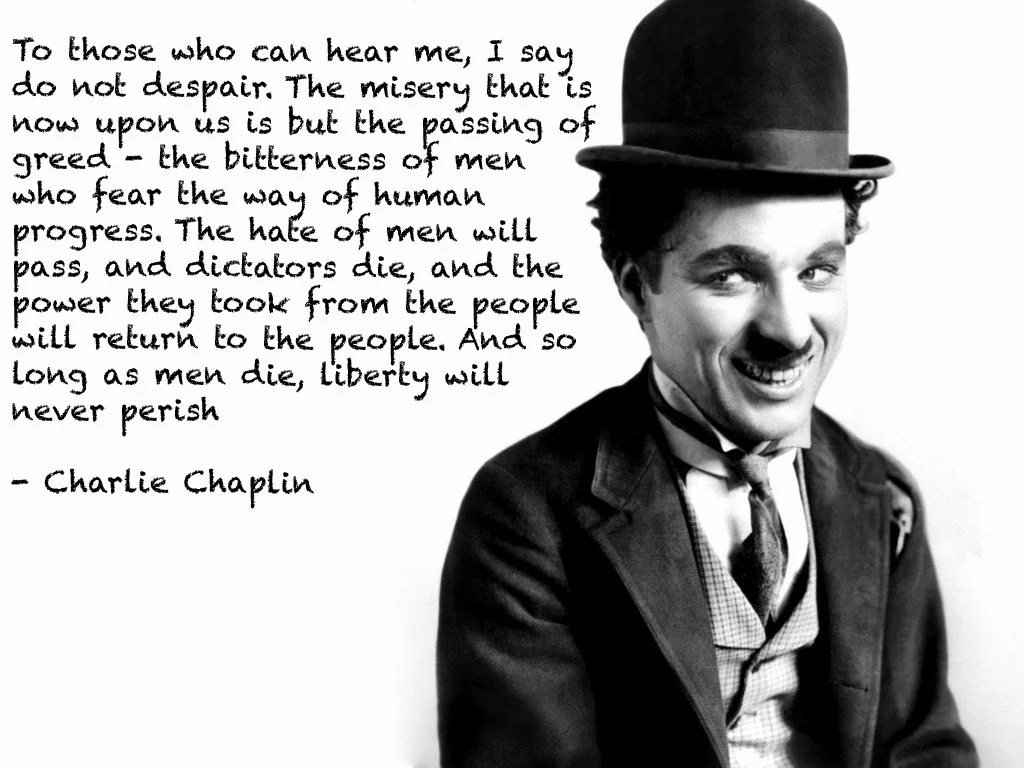Blog
Journeying through the Cygnus constellation, this region shows striking ondulations of interstellar gas, primarily highlighted in H Alpha and SII. These wave-like structures trace the influence of shock waves and stellar winds propagating through the surrounding molecular clouds. At the center of the frame is Sh2-115, an emission nebula glowing with a mix of ionized gases, notably OIII emissions from hot, young stars. These stars are driving the ionization and are a key force behind the turbulence observed in the surrounding medium. Two other interesting objects are the planetary nebula PK 086+05.1 on the bottom left corner, and PK 085+04.1 which was described as an HII region in 1991 but remains catalogued as a PN in most online databases. I have been imaging this object during September and October to finally add 51 hours of data from my observatory in Àger, Catalonia under s B3 sky.

Johnny Shuggie Otis (born Johnny Alexander Veliotes Jr.; November 30, 1953) is an American singer-songwriter, recording artist, and multi-instrumentalist.
Otis’s composition “Strawberry Letter 23” as recorded by The Brothers Johnson topped the Billboard R&B chart and reached #5 on the Billboard Hot 100 chart in 1977. He achieved commercial success with his 1974 single “Inspiration Information” (from the album of the same title), reaching #56 on the R&B chart.
Born in Los Angeles, California, Otis is the son of rhythm and blues musician, bandleader, and impresarioJohnny Otis, who was of Greek descent, and his wife Phyllis Walker, who was of African American and Filipino descent. The name “Shuggie” (short for “sugar”, according to his mother) was coined by Phyllis when he was a newborn. Otis began playing guitar when he was two years old and performing professionally with his father’s band at the age of eleven, often disguising himself with dark glasses and a false mustache so that he could play with his father’s band in after-hours nightclubs.
more...Walter Brown “Brownie” McGhee (November 30, 1915 – February 16, 1996) was an American folk and Piedmont blues singer and guitarist, best known for his collaboration with the harmonica player Sonny Terry.
McGhee was born in Knoxville, Tennessee, and grew up in Kingsport, Tennessee. At about the age of four he contracted polio, which incapacitated his right leg. His brother Granville “Stick” McGhee, who also later became a musician and composed the famous song “Drinkin’ Wine Spo-Dee-o-Dee,” was nicknamed for pushing young Brownie around in a cart. Their father, George McGhee, was a factory worker, known around University Avenue for playing guitar and singing. Brownie’s uncle made him a guitar from a tin marshmallow box and a piece of board.
McGhee spent much of his youth immersed in music, singing with a local harmony group, the Golden Voices Gospel Quartet, and teaching himself to play guitar. He also played the five-string banjo and ukulele and studied piano. Surgery funded by the March of Dimes enabled McGhee to walk.
more...Johnny Mbizo Dyani (30 November 1945 – 24 October 1986) was a South African jazzdouble bassist, vocalist and pianist, who, in addition to being a key member of The Blue Notes, played with such international musicians as Don Cherry, Steve Lacy, David Murray, Finnish guitar player Jukka Syrenius, Pierre Dørge, Peter Brötzmann, Mal Waldron, fellow South African Dollar Brand (Abdullah Ibrahim), and Leo Smith, among many other prominent players.
more...Robert Lee McCollum (November 30, 1909 – November 5, 1967) was an American blues musician who played and recorded under the pseudonyms Robert Lee McCoyand Robert Nighthawk. He was the father of the blues musician Sam Carr. Nighthawk was inducted into the Blues Hall of Fame in 1983.
McCollum was born in Helena, Arkansas on November 30, 1909. He left home at an early age and became a busking musician. After a period traveling through southern Mississippi, he settled for a time in Memphis, Tennessee, where he played with local orchestras and musicians, such as the Memphis Jug Band. A particular influence during this period was Houston Stackhouse, from whom he learned to play slide guitar and with whom he performed on the radio in Jackson, Mississippi. He had a stroke followed by a heart attack and died of heart failure at his home in Helena, Arkansas on November 5, 1967, aged 57. He is buried in Magnolia Cemetery, in Helena
more...
Friday November 29th 2024 6pm. Erev Shabbat Service with the Installation of Rabbi Rodich. Music with Inbal Sharett-Singer, Jayson Rodovsky, Jeff Bailey, Pete Whitman and mick laBriola.
more...Messier 4 can be found west of bright red-giant star Antares, alpha star of the constellation Scorpius. M4 itself is only just visible from dark sky locations, even though the globular cluster of 100,000 stars or so is a mere 5,500 light-years away. Still, its proximity to prying telescopic eyes makes it a prime target for astronomical explorations. Recent studies have included Hubble observations of M4’s pulsating cepheid variable stars, cooling white dwarf stars, and ancient, pulsar orbiting exoplanet PSR B1620-26 b. This sharp image was captured with a small telescope on planet Earth. At M4’s estimated distance it spans about 50 light-years across the core of the globular star cluster.

more...
Felix Cavaliere (born November 29, 1942) is an American musician. He is best known for being the co-lead vocalist and keyboard player for The Young Rascals.
Although he was a member of Joey Dee and the Starliters, known for their hit “Peppermint Twist“, he is best known for his association with the Young Rascals during the 1960s. The other members of the Rascals were Eddie Brigati, Dino Danelliand Gene Cornish. Cavaliere sang vocals on six of their successful singles and played the Hammond B-3 organ.
more...John Brumwell Mayall OBE (29 November 1933 – 22 July 2024) was an English bluesand rock musician, songwriter and producer. In the 1960s, he formed John Mayall & the Bluesbreakers, a band that has counted among its members some of the most famous blues and blues rock musicians. A singer, guitarist, harmonica player, and keyboardist, he had a career that spanned nearly seven decades, remaining an active musician until his death aged 90. Mayall has often been referred to as the “godfather of the British blues“, and was inducted into the Rock and Roll Hall of Fame in the musical influence category in 2024.
more...John Lamb (born November 29, 1933) is an American jazz double bassist who was a member of the Duke Ellington Orchestra.Born in Vero Beach, Florida, Lamb as a child loved playing music, specializing in the tuba. He left high school to join the United States Air Force as a musician for their military band. He was stationed in Texas and then Montana, where the long winters left him ample time to practice. When the band’s usual string bass player was unavailable for a gig in 1951, the bandmaster asked Lamb if he could play the bass; Lamb immediately said yes, and before long became the band’s new string bassist. He credited his tuba experience for giving him the “feel” to pick up string bass quickly without any prior experience.
Lamb joined Duke Ellington’s orchestra in 1964, and toured with them for three years. Lamb was more of a fan of Miles Davis and Red Garland when he was with Ellington, later saying, “I was very young and very cocky. I thought I knew more than Duke at that time…I have more time today to reflect on the things that were accomplished back then, and the places we traveled to and all the wonderful people that we met. So one has to be careful what one does in his young years, because if they’re fortunate to live long, it all comes back.” In 1966 Lamb performed with Ellington and Sam Woodyard for artist Joan Miró at the Fondation Maeght in Saint-Paul-de-Vence.
more...illy Hart (born November 29, 1940) is an American jazz drummer and educator. He is known internationally for his work with Herbie Hancock‘s “Mwandishi” band in the early 1970s, as well as with Shirley Horn, Stan Getz, and Quest, among many others.
Hart was born in Washington, D.C. He grew up in close proximity of the Spotlite Club, where he first heard the music of Lee Morgan, Ahmad Jamal, and Miles Davis, among others.
Early on in his career he performed with Otis Redding and Sam and Dave, then with Buck Hill. Although he studied mechanical engineering at Howard University, he left school early to tour with Shirley Horn, whom Hart credits with accelerating his musical development. He was a sideman with the Montgomery Brothers (1961), Jimmy Smith(1964–1966), and Wes Montgomery (1966–68). Following Montgomery’s death in 1968, Hart moved to New York City, where he recorded with McCoy Tyner, Wayne Shorter, Joe Zawinul, and Pharoah Sanders (playing on his famed recording Karma in 1969), in addition to playing with Eddie Harris, Joanne Brackeen, and Marian McPartland.
more...William Thomas Strayhorn (November 29, 1915 – May 31, 1967 Dayton, OH) was an American jazz composer, pianist, lyricist, and arranger who collaborated with bandleader and composer Duke Ellington for nearly three decades. His compositions include “Take the ‘A’ Train“, “Chelsea Bridge“, “A Flower Is a Lovesome Thing”, and “Lush Life“. In 1964, Strayhorn was diagnosed with esophageal cancer, which took his life in the early morning of May 31, 1967, when he was with his partner, Bill Grove, not in Lena Horne’s arms as has often been falsely reported. By her own account, she was touring in Europe when she received the news of Strayhorn’s death.
more...More Posts
- Elvin Bishop
- Manfred Mann
- Celia Cruz
- Dizzy Gillespie
- Don Byas
- World Music with Angélique Kidjo
- Daily Roots with Delroy Wilson
- The Cozmos with M74
- Tom Petty
- Eddie Harris
- Jelly Roll Morton
- Charles Ives
- World Music with IMZAD
- Daily Roots with the Abyssinians
- The Cozmos with Palomar 6
- Peter Tosh
- Masabumi Kikuchi
- Piano Red
- Farid al-Atrash
- Vinicius de Moraes



